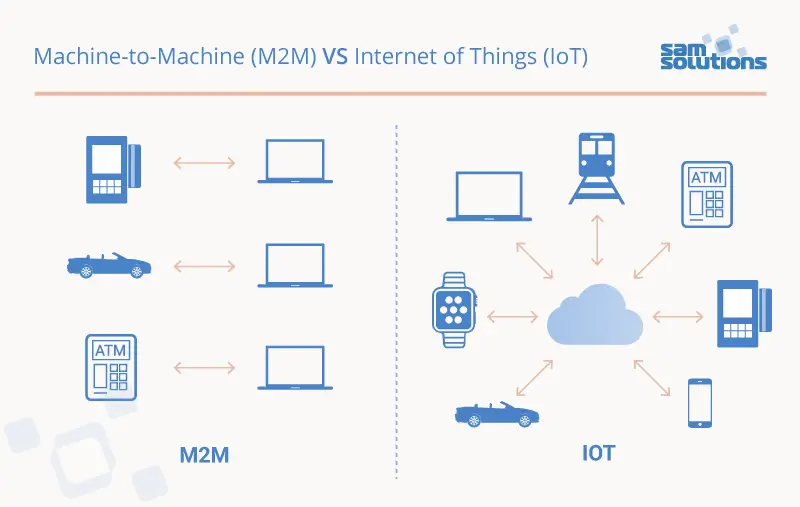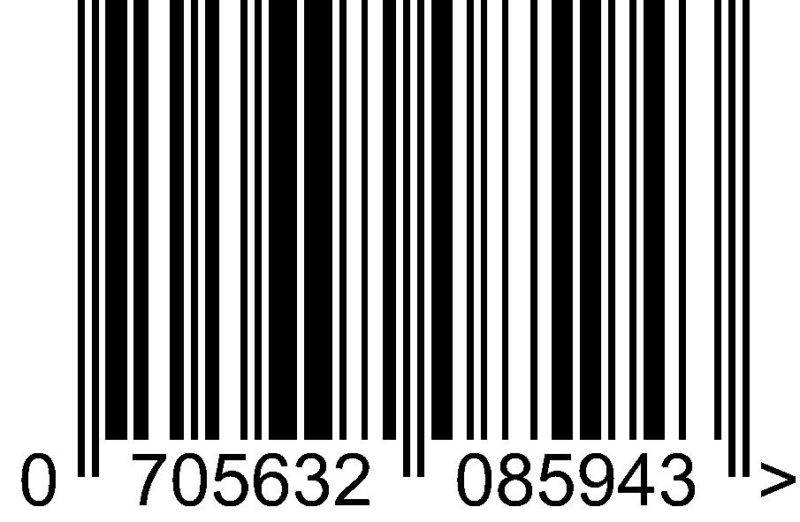History of IoT: Major Milestones and Early Applications
Oct 22, 2018In an interview with The Colliers magazine back in 1926, Nikola Tesla, seen as one of the world’s most intellectuals of all times made a great prophecy saying that:
“”When wireless* is perfectly applied the whole earth will be converted into a huge brain, which in fact it is, all things being particles of a real and rhythmic whole.
And the instruments through which we shall be able to do this will be amazingly simple compared with our present telephone. A man will be able to carry one in his vest pocket.”
Tesla was absolutely right to expect that you will own a cell phone in your pocket by now.
However, you may now hope you can travel back in time to tell Tesla how far technology has reached beyond his anticipations.
Back to his quote, Tesla has mentioned a couple of words, when wireless, that ironically will take a whole article of elaboration so you can interpret them smoothly.
Obviously, I am going to talk about a living miracle of the ongoing era. The Internet of Things has pervasively penetrated many of today’s devices and appliances.
I am going to briefly introduce you to the history of IoT and display its earlier roots and applications.
A brief insight into the history of IoT and its definition
The history of IoT is actually recorded back in the 20th century and even much earlier in the 19th century.
The recent tech is simply designated to unleash devices from the human control and let them operate on their own.
An IOT based application basically consists of various components linked together wirelessly. When operated, they are meant to transfer, collect, manage and analyze data to take actions based on the giving.
However, the term IoT has not come into existence before 1999 by Kevin Ashton, father of the internet of things.
On his pursuit to grab some attention to radio frequency ID (RFID), Ashton first mentioned the internet of things on his presentation to Procter and Gamble in 1999.
The co-founder of the Auto-Id center at MIT inspired his presentation title, internet of things, from MIT professor Neil Gershenfeld’s book, when things start to think.
The term has gone mainstream ever since and reputable incorporates such as Cisco and General Electric started to spot the light to involve the IOT technology in their firms.
But what about the time before that? Are there any roots for early applications that have merely featured some of IOT present qualities?
M2M, the fore gate to today’s IOT technology
Over the 18th and 19th centuries, the scientific society has witnessed a number of milestones that have eventually ended up with the invention of today’s Internet of Things.
These milestones usually exhibited attempts to simulate what is today recognized as IOT. That is by linking devices and enable data transfer but on a far elementary scale and complexity.
The scientific expression used to describe the process of connecting devices for data acquisition was named after the machine to machine communication (M2M).
The early M2M communication system comprises some devices wired together to export and import data for later usage.
Examples for M2M applications extend from the 19th century but considerably flourished by the second half of the 19th century.
A primitive machine to machine system for weather forecasting in 1843 in Woolwich, London
In a London newspaper, a piece of news got published and left many people in a drastic wonder.
“Data transmitted every half-hour from the cloud provided temperature observations to the men of science for predicting weather patterns with more accuracy than ever before”.
Interestingly, the British physicist, Charles Wheatstone, managed to design a system that relied on received data to give delicate readings for weather forecasting.
The system comprised two basic elements. The first element was a cloud. Physically, it was shaped as a captive balloon with a diameter of 18 feet and a height of 25 feet.
The cloud used to transmit data from a wet and dry bulb thermometer enclosed on a rigid box. It was then connected with a low-resistance couple of copper wires.
Connected to the copper wires, the later element was a ground station. Its responsibility was to print the received readings on a paper tape.
Later on, the British Association for the Advancement of Science announced a grant of 250 euro to Wheatstone and his team to put their system under real trial in Woolwich.
Wheatstone’s masterpiece is thought to be the first recorded application for a Machine to machine communication system.
Theodore Paraskevakos taking us more close to IOT in the 1970s
Though Tesla is deemed to be the man ever to conceptualize the idea of integrating data signals with phones, Theodore Paraskevakos has undoubtedly pioneered the transfer of Tesla’s thought into reality.
Jumping to the year of 1970, the Greek-American inventor and businessman Theodore Paraskevakos has made the history by his patent of connecting phones together.
Relying on his specialization at telecommunication, Theodor focused his work on transmitting electric data via telephone lines.
In a closer sense to our focus in this article, Theodor managed to let machines, which are phones here, to communicate data back and forth without no human interaction.
Later on, Theodor wrote his paper explaining the mechanism of his claimed theory.
By 1972, he received a patent for an apparatus for generating and transmitting digital information and he is indeed called now as the father of caller ID.
Earlier contributions that served in the creation of smartphones
From a sense of integrity, it is prominent to give some credit for a couple of earlier scientists who made remarkable steps in the invention of smartphones.
Even before Tesla’s famous quote, The Canadian scientist Reginald Fessenden was actually testing wireless communication.
Furthermore, he managed to establish a system that communicates wirelessly between Pittsburgh and Allegheny in 1899.
Another milestone that also has contributed somehow to the creation of smartphones was the SIGSALY system in the mid-1950s.
During World War II, the secure speech system SIGSALY that set the foundation of a number of today’s concepts for digital communication remarked a great cornerstone in the journey to smartphones.
A revolutionary advancement that paved the road till IoT term first mentioned in 1999
Since 1970, the pace to the birth of the internet of things technology has gone so far out of control.
Bar Codes
By mid-1970s, Bar Codes were introduced to the world to identify thousands of products in grocery stores.
That process involved communication between a barcode stuck on the product and a laser to read it. Furthermore, a computer was integrated into the system to display the product and its various specifications.
The world was not yet ready for such a technology. But soon by 198os, the technology got smoothly integrated and extended to all kinds of products.
The internet-connected coke machine at Carnegie Mellon University
By 1982, another fantastic piece of technology was presented by Michael Kazar, the former Carnegie Mellon graduate student.
Michael was able to connect both the coke machine and some terminal concentrators via a serial line between them.
The magical machine left the students there at the university in a huge fantasy. They were significantly impressed with how technology made it much easier for them to get their coke.
The Trojan Room Coffee Pot, Cambridge University (1992)
In 1992, a group of students at Cambridge University was really bothered by something. They had to stay around the coffee pot for about an hour to watch how much coffee was ready.
The motivated student had a brilliant idea to save all that time and get their coffee.
First, they had a graphics group with some cameras and frame grabbers around. They thought they can hook them all up and let it do the mission of watching the coffee pot.
What was really genius about the machine is the fact saying it was the world’s first webcam that existed even before the Web.
Moreover, the students were able to connect the camera to their own network with no reliance on the internet.
In short
There is no doubt we are witnessing an era of technological luxury and advancement.
Therefore, it is worth to get to know a key player in this era which is the internet of things. Also, we need to dig deep into the history of IoT and its early applications.
Indeed, the term was not introduced before 1999 by Kevin Ashton, the father on IOT. However, there were several milestones that led to the ultimate creation of it.
Like its prosper history, science men hold great expectations upon the future of IoT. More precisely, they wonder how far the giant technology may impact diverse facets of human life.
Images resources’: medium.com sam-solutions worldbarcodes knowyourmeme


